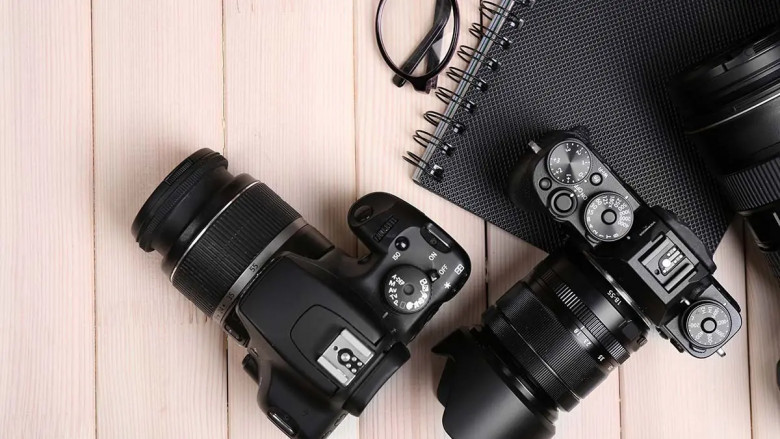views

In the digital era, cameras have evolved from being luxury gadgets to everyday essentials. Whether it’s capturing a breathtaking sunset, documenting a memorable event, or producing professional content, cameras play a vital role in how we perceive and preserve the world around us. From smartphone lenses to high-end DSLRs, the range and capability of cameras have expanded dramatically, making photography accessible to all.
At its core, a camera is a device that records images, either as photographs or as moving images such as videos. The basic mechanism involves capturing light through a lens and focusing it onto a recording medium—be it film or a digital sensor. However, what makes modern cameras fascinating is their blend of advanced optics, electronics, and software.
One of the most significant advancements in camera technology is the transition from analog to digital. Digital cameras allow immediate viewing and editing of images, efficient storage, and easy sharing. These features have revolutionized industries ranging from journalism to marketing, and even social media. The quality of digital sensors has improved so much that even compact cameras and smartphones can deliver stunning image quality, rivaling traditional setups.
Cameras today come in various types: DSLRs, mirrorless cameras, action cams, drones with cameras, and even AI-powered smart cameras. Each serves a specific purpose. For instance, DSLRs and mirrorless cameras are favored by professionals for their superior control and image quality, while action cameras are ideal for capturing high-speed adventures. Smartphones integrate cameras seamlessly into everyday life, allowing spontaneous photography and videography with AI enhancements and editing tools.
A noteworthy trend in camera technology is the integration of Artificial Intelligence (AI). AI is now used to enhance autofocus, detect scenes automatically, and even suggest framing adjustments. It helps both beginners and professionals take better pictures with minimal effort. This fusion of hardware and intelligent software demonstrates how the camera industry is continually evolving.
Another critical factor is software, which plays a major role in modern imaging systems. From post-processing tools to cloud integration, camera software defines the user experience. Companies like Hexadecimal Software are at the forefront of developing innovative software solutions that enhance camera functionalities. They work on bridging the gap between hardware capabilities and user expectations by offering tailored camera software that ensures smoother operation, better image processing, and smarter features.
Whether used for content creation, scientific research, security, or personal memories, cameras are tools that connect us to our world and each other. They tell stories, convey emotions, and capture fleeting moments in time. As technology continues to grow, so too does the potential of what cameras can achieve.
In conclusion, cameras are more than just image-capturing devices—they are a fusion of art and science. With robust hardware and intelligent software by companies like Hexadecimal Software, the future of photography and videography promises to be more powerful, intuitive, and immersive than ever before.



Comments
0 comment